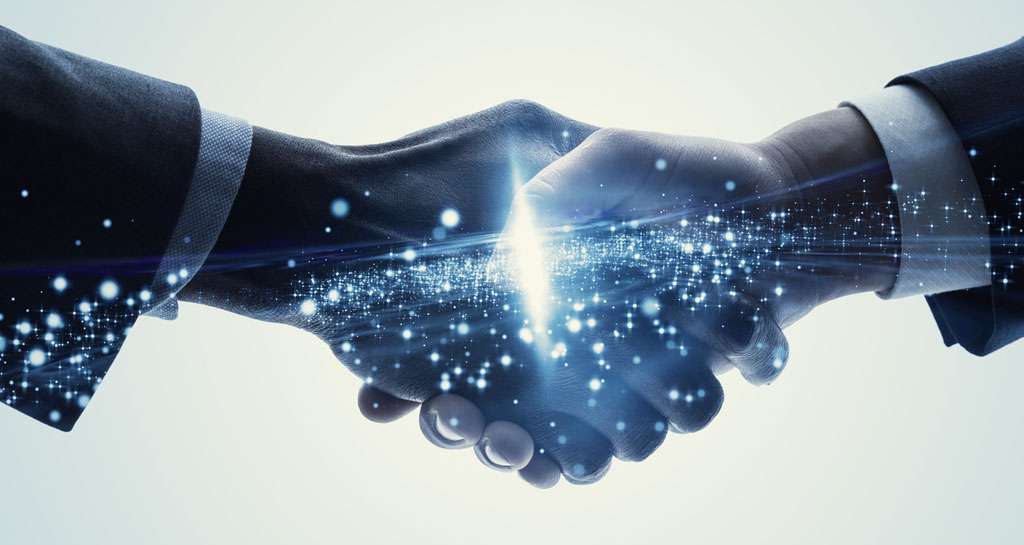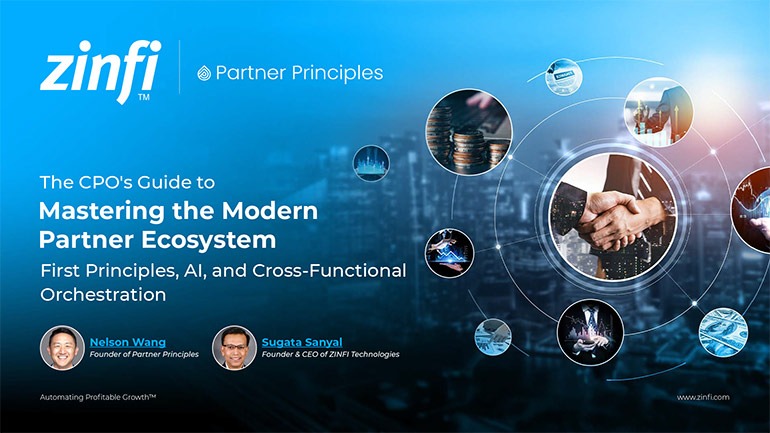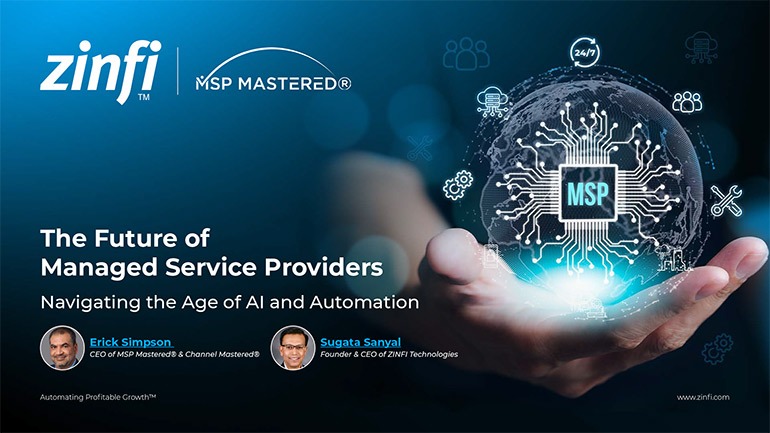Best Practices Articles

Onboarding Your Partners into Your PRM Tool
Partner relationship management (PRM) tools are gaining traction across multiple verticals. While PRM tool adoption started predominantly in the technology segment, over the past few years other verticals—including manufacturing, finance, insurance, real estate, franchising and others—have adopted various versions of partner relationship management (PRM) tools. However, despite the rapid growth of this category over the past few years, onboarding partners into a PRM tool remains a major challenge for most companies. In this article, we will explore what you can do to drive adoption of your PRM tools by onboarding your partners.
Organizations market and sell through a network of channel partners primarily to generate revenue and provide support to an end-user base that a customer cannot reach directly. Using the channel tends to lower sales and marketing costs at a unit level but increase reach exponentially. Reach is the fundamental reason a company decides to go through channel. There are other reasons, however. By default, products and services that have to be bundled with other products rely solely on a partner network.
Depending on whether you are selling a product that can be used on its own, like a computer, or are selling an application that runs on a server or is dependent on another primary instance of software, the nature of your go-to-market strategy will vary. Your PRM tool needs to be able to address this selling motion in a highly focused way. To keep things simple, in this discussion we will not address the different approaches required for different products, but instead focus on a broad set of principles you should consider when you are trying to drive adoption of your PRM tool via partner onboarding.
There are basic five principles a company needs to consider to think through partner onboarding. Onboarding is not just a one-time event. It is more of a process that needs to proceed through a phased definition, development, execution and improvement cycle to be a true value-added activity. The channel evolves on a continuous basis, and as a result your onboarding program should be continuously bringing partners onboard to your PRM tool in a structured and logical fashion.
Here are the five most important principles to consider when you are thinking about onboarding your partners into your PRM tool:
- Business value: For your partners to log into your partner relationship management (PRM) tool, the tool itself has to offer a specific set of business values. If you are only sharing news and updates, it is not a compelling offer. However, if you are providing market development funds (MDF), sales and marketing tools, or leads, then your business value to your partners will go up by multiples. Therefore, it is very important to start with the basics of channel development when you are launching a partner portal using a PRM software tool. You need to initially provide training, sales and marketing tools, and eventually provide leads and incentives such as MDF and co-op funds.
- Ease of use: Your partner portal powered by a PRM software tool needs to be easy to use. Partners are incredibly busy and typically handling multiple priorities at once. If your partner portal is a patched-up solution made up of open source software or a variety of distinct tools like SharePoint and Dropbox, then ease of use will be minimal. Your partners will have to jump through hoops and log into and out of these tools using multiple passwords to find the right information and content. On the other hand, if you deploy a state-of-the-art Unified Partner Management platform that has a seamless interface, and if your partners can easily move from one area to another within a single interface, then utilization will go up substantially. We see this in our customer base all the time. When customers transition from an environment of hodge-podge tools to ZINFI’s PRM tool, partner adoption goes up exponentially.
- Continuous engagement: While it is incredibly important to have the right value proposition for your partner portal and make it super easy to use, the content you provide via that portal is equally important. You should be communicating to your partner base on a regular basis. For example, you should let them know whenever you launch a new product and immediately alert them that you’ve provided a new set of sales documentation and marketing tools. You should also be informing them regularly about your training programs and the incentives associated with them, and you should be helping them generate leads and incentivize them using MDF and other incentives. The more engaging the content you provide via your PRM tool, the more likely your partners will be to log into your portal on a regular basis.
- Incremental changes: While continuous engagement is critical, partners generally hate the “program of the month” approach. They want continuity. Don’t throw the kitchen sink at them. If you are launching a new training program, keep the communication focused for three to six months around various aspects of that program, and tie your messaging around training to other relevant pieces of content like sales tools, marketing tools, and incentives. If your messaging changes from week to week, partners will be left confused, and they will stop logging into your PRM tool. However, once they are in the platform, it makes sense to provide messaging that is personalized to partner types.
- Realignment: Every year or so, step back and look at what worked and use that as a guide to develop new business goals. In the channel, change doesn’t come easy. Whenever you launch a new program, it may take three to six months for your partners to find out, learn and execute. It’s good to have a multi-year plan if you want to remain consistent, but it’s also good to introduce regular changes into your programs. Don’t change your training program or certification plan every year. Yes, some companies are forced to do that if they are growing rapidly, but even in that case think things through as much as you can. When it comes to a channel network, less is almost always more.
Now with these five principles as a foundation, one of the most important things you can do is set up an concierge team to call and reach out to engage your partners with your PRM tool to drive adoption and provide support on demand. While you can send email blasts and promote your partner portal via social marketing platforms, the best way to engage with partners and get their attention is to have a person-to-person call first and ask them to attend a webinar to learn more about a new program you are launching. Too often, we see marketers first try to focus on scalability by using digital outreach tactics, only to find out the open rate or engagement rate is really poor. The best way to engage at this stage is to first reach out and build momentum. Then, when partners start engaging, you can start communicating with those partners digitally while reaching out to new partners who haven’t been to your portal or participated in your programs by phone. If you take this kind of sequential approach, you are bound see more partners regularly onboard to your PRM tool, adopt your partner portal and engagement with programs rising quarter after quarter.
For more information, please download best practices guidebook.
Best Practices Guides
 First Principles Drive Modern Partner Ecosystem Success Best Practices
First Principles Drive Modern Partner Ecosystem Success Best PracticesDownload for FREE
 The Future of Managed Service Providers: Navigating the Age of AI and Automation
The Future of Managed Service Providers: Navigating the Age of AI and AutomationDownload for FREE
 Modernizing Channel Marketing: AI and Ecosystem Enablement Best Practices
Modernizing Channel Marketing: AI and Ecosystem Enablement Best PracticesDownload for FREE
 The Channel’s Shift to Partner-Led With AI Best Practices
The Channel’s Shift to Partner-Led With AI Best PracticesDownload for FREE
 Hyperscalers, ISVs, and AI: Shaping the Future of B2B Software Distribution
Hyperscalers, ISVs, and AI: Shaping the Future of B2B Software DistributionDownload for FREE
 Definitive Guide to a Partner Ecosystem-First Sales Strategy
Definitive Guide to a Partner Ecosystem-First Sales StrategyDownload for FREE
 The Partner-Led Digital and AI Transformation Best Practices
The Partner-Led Digital and AI Transformation Best PracticesDownload for FREE
 Startup Talent Recruitment: Hiring Missionaries, Not Mercenaries
Startup Talent Recruitment: Hiring Missionaries, Not MercenariesDownload for FREE
 The Future of Partner Relationship Management with AI in Partnerships
The Future of Partner Relationship Management with AI in PartnershipsDownload for FREE
 Cybersecurity for the 99%: Strategies from the Frontline
Cybersecurity for the 99%: Strategies from the FrontlineDownload for FREE
 Mastering Partner Relationships: A Strategic Approach to Business Growth
Mastering Partner Relationships: A Strategic Approach to Business GrowthDownload for FREE
 Mastering Partner Relationship Management: Keys to SaaS Channel Success
Mastering Partner Relationship Management: Keys to SaaS Channel SuccessDownload for FREE